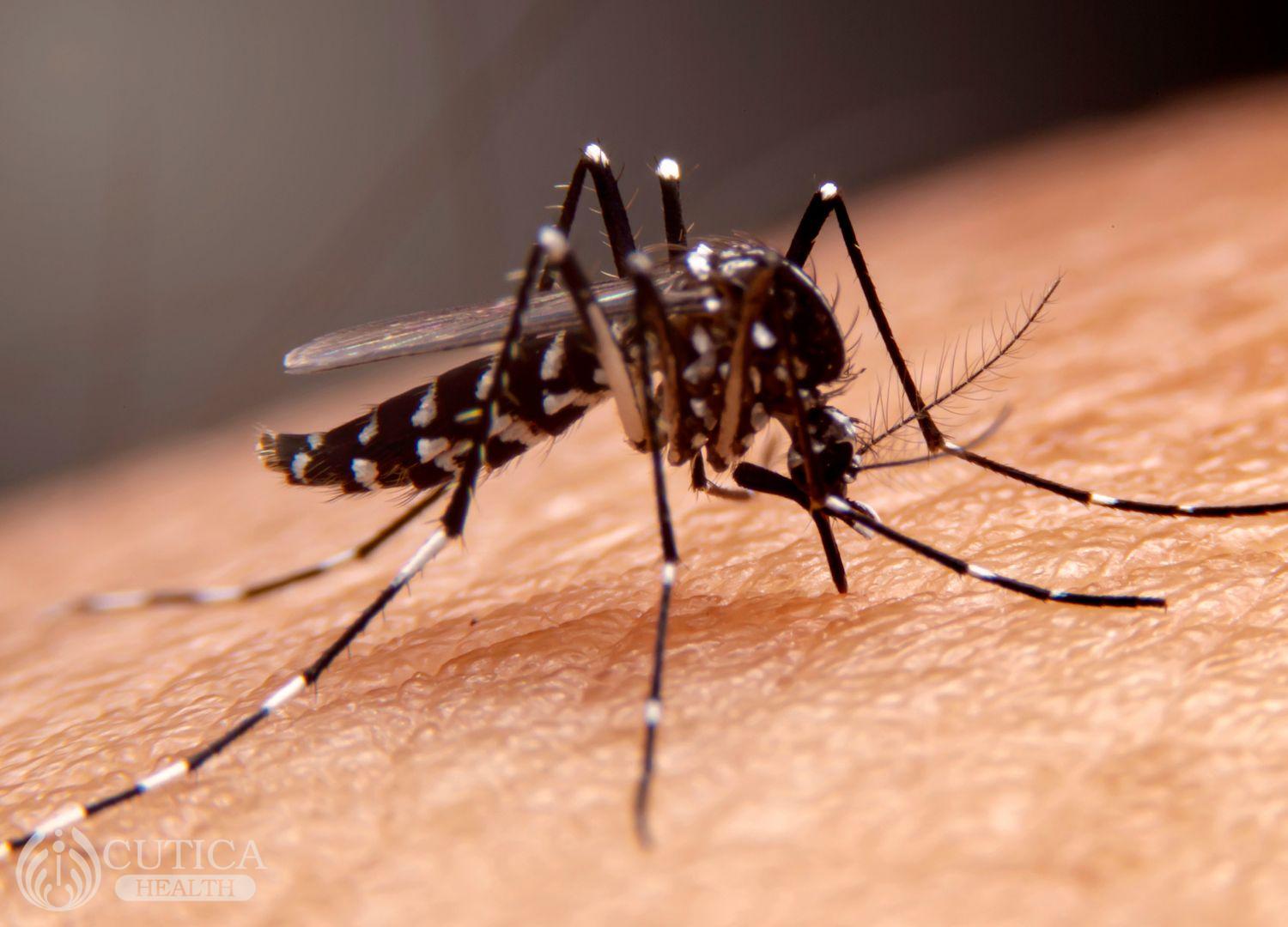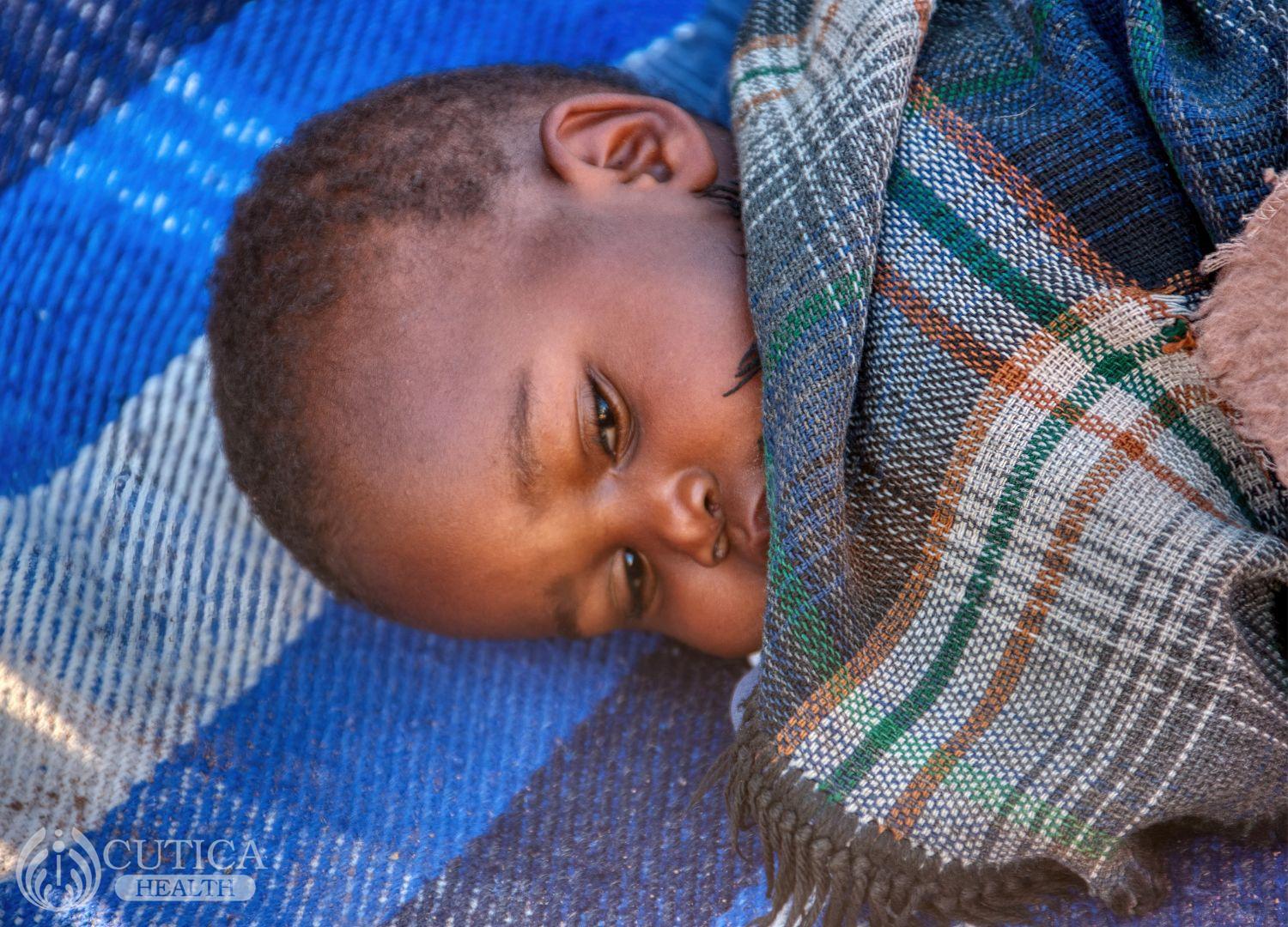The triad of fever, headache, and body ache usually heralds the start of a malaria infection in Rita. Malaria is no new thing to Rita despite taking every precaution to avoid those wicked mosquito bites. She has always wondered whether malaria vaccines will ever be developed.
Introduction
Malaria continues to be a formidable health challenge in Africa, with millions of lives at stake. However, a breakthrough has emerged in recent years that holds immense promise for transforming the landscape of malaria prevention and treatment across the continent – the Malaria Vaccine. This is due to the development of the malaria vaccine, it’s deployment in Africa and how it stands poised to revolutionize healthcare in the region. Africa carries the major burden of malaria. According to the WHO, about 95% of malaria cases worldwide and 96% of deaths come from this region. This parasitic disease, transmitted through the bites of infected mosquitoes, disproportionately affects vulnerable populations, particularly children under the age of five and pregnant women.

The vaccines
Historically, preventive measures like insecticide-treated bed nets and antimalarial medications have been the primary tools in the fight against malaria. While these interventions have been effective to some extent, the relentless nature of the disease necessitated a more comprehensive and sustainable solution.
There are now two malaria vaccines. Efforts to develop a malaria vaccine date back to the 1960s; however, the first malaria vaccine (RTS,S that is marketed as Mosquirix) was not officially approved until 2021. This vaccine was first used in Ghana, Malawi, and Kenya. It consists of 4 doses from five months of age.
The success of RTS,S was followed by a second vaccine called R21. There is no evidence that one vaccine works better than the other. Ghana and Nigeria were the first two countries to approve the use of the R21 vaccine in children between five months to three years.
The World Health Organization has recommended the use of the malaria vaccines for children in malaria endemic countries. These vaccines are expected to save hundreds of thousands of lives in coming years.
Safety
It has been established by the WHO that both vaccines are safe and effective. Prior to official approval, these vaccines were put through rigorous clinical testing to ensure safety for all. The malaria vaccines have both received regulatory approval. These vaccines have undergone rigorous testing to ensure its safety and efficacy. The vaccines work by targeting the Plasmodium falciparum parasite, the deadliest of the malaria parasites transmitted to humans.
Challenges
Vaccine hesitancy is a persistent problem in Africa. Cultural and religious beliefs play a pivotal role in shaping healthcare decisions. Some communities may be hesitant to embrace vaccines due to concerns about interference with traditional healing practices or religious beliefs. Tailoring awareness campaigns to respect and incorporate local customs is essential. And this is a disheartening phenomenon. This is a big challenge to the widespread adoption of vaccination against malaria. Insufficient knowledge about the malaria vaccine can contribute to hesitancy. Disseminating accurate and accessible information through community leaders, healthcare workers, and local media is essential in addressing misconceptions and fostering informed decision-making. This is why articles like this are written, to inform and address misconceptions.

Conclusion
It is elating that after several decades of research, a breakthrough has emerged in the development of vaccines to combat malaria. The challenges of vaccine hesitancy and cultural barriers need to be overcome in order to facilitate the widespread adoption of malaria vaccination in children. By staying committed to the widespread adoption of the vaccine and addressing the remaining challenges, Africa can turn the tide in the battle against this silent killer and pave the way for a healthier, more resilient future.


